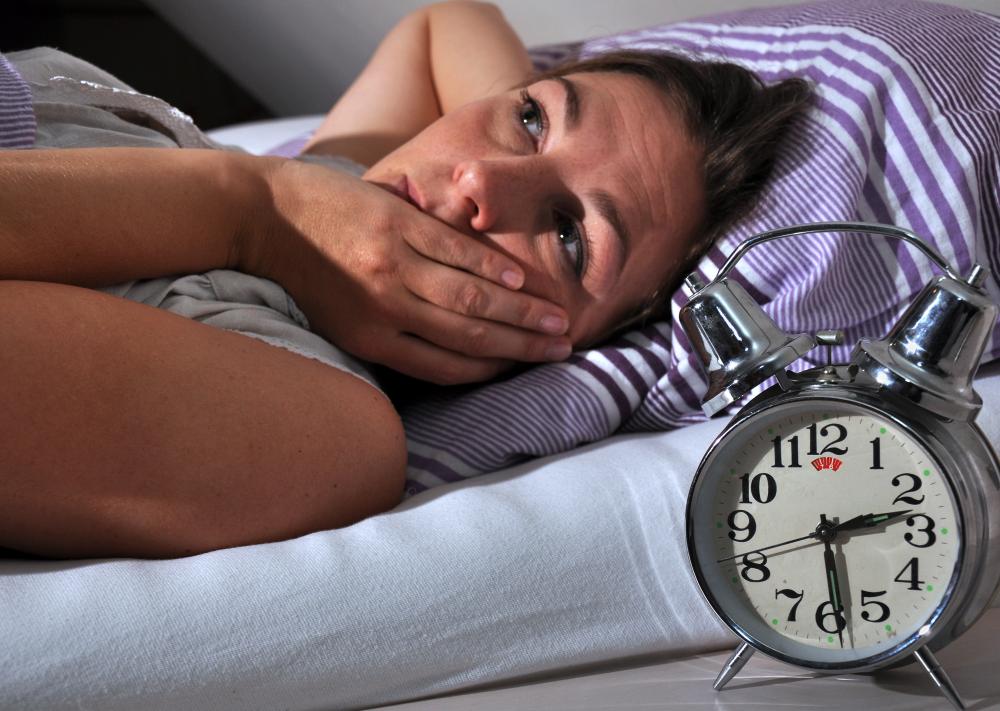At WiseGEEK, we're committed to delivering accurate, trustworthy information. Our expert-authored content is rigorously fact-checked and sourced from credible authorities. Discover how we uphold the highest standards in providing you with reliable knowledge.
What is Progressive Relaxation?
Progressive relaxation is an approach to controlling and managing stress by consciously relaxing the various muscle groups within the body. Sometimes referred to as progressive muscle relaxation, the technique is based on the understanding that all types of mental anxiety and stress impact the function of the body, in particular the musculature. In order to lower the levels of stress and anxiety, it is first necessary to relax the muscles and essentially eliminate some of the power that the stress is holding over the body and mind.
Dr. Edmund Jacobson, a physician living in the United States, first promoted the basic progressive relaxation technique. One of the core steps in this type of neuromuscular relaxation process involves consciously tensing the appropriate muscles groups then releasing them to a state of relaxation. The two steps are repeated for whatever period of time it takes to begin easing the mental anxiety of the patient.

One of the advantages of Jacobsonian relaxation is that it is possible to utilize this technique with the help of a physical therapist or alone. Generally, it is a good idea to learn and employ progressive relaxation under the watchful eye of a trained therapist. As the patient begins to master the process, it is possible to make use of the basic tensing and relaxing combination at home or even at work.

To engage in the simplest form of progressive relaxation, the patient can either sit or lie in a prone position. Beginning the progressive relaxation stress reduction involves taking a series of controlled deep breaths. From that point, the patient turns his or her attention to the muscle groups and slowly tenses and relaxes each one in turn. A key to the technique is to begin with one group and progress to the next identified group of muscles in the sequence. For example, the patient may begin with the feet and ankles, then move up the calf of each leg, and continue on to the thighs. The progression continues until the muscles in the neck are reached and have undergone the alternating tensing and relaxing process.

Various progressive relaxation techniques are understood to work in a number of situations where some sort of stress is interfering with normal body function. Engaging in a set of relaxation steps may help an individual suffering with insomnia to reduce the stress enough to enjoy a good night’s rest. People dealing with anxiety disorders may find that progressive relaxation can help to bring them down from the mental confusion and fear that are often part of experiencing a panic attack. There is also evidence that employing relaxation techniques of this type can help with cases of hypertension, lower the possibility of developing ulcers and help manage irritability more successfully.

While progressive relaxation is effective for many people, it is important to use the technique in conjunction with any other treatments that your physician deems appropriate for your situation. This means continuing to take any medication or engage in professional counseling if those are the recommendations of your healthcare professional.
AS FEATURED ON:
AS FEATURED ON:














Discuss this Article
Post your comments